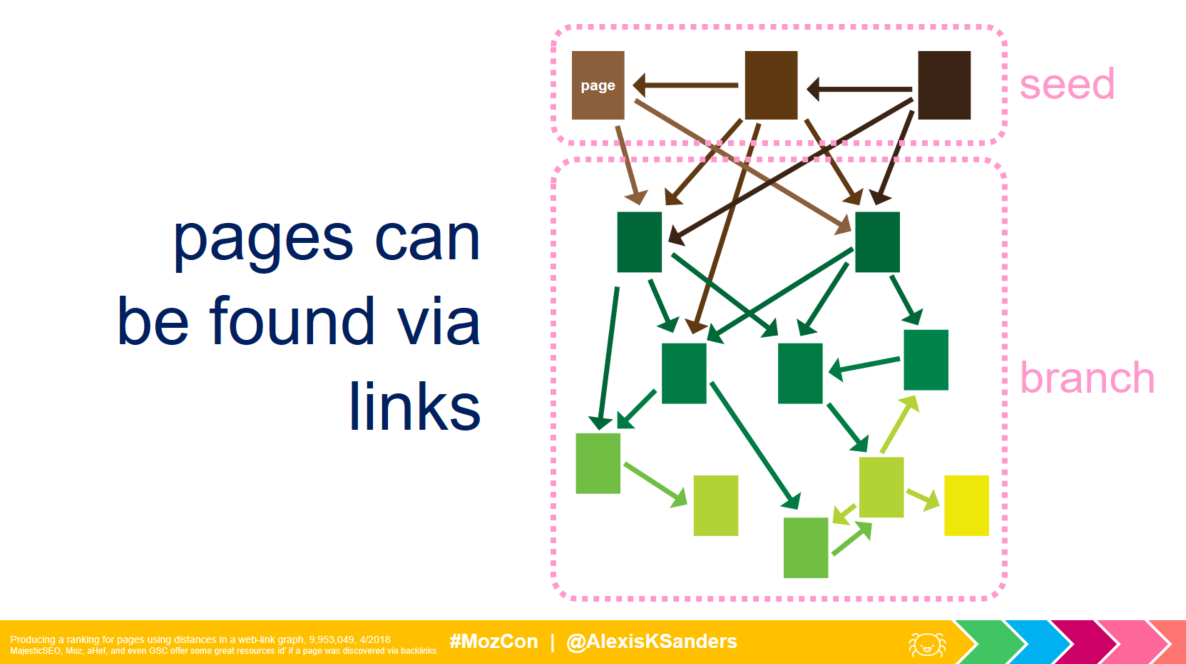

- #HOW TO RIGHT JUSTIFY IN WORD WITHOUT THE WHOLE LINE HOW TO#
- #HOW TO RIGHT JUSTIFY IN WORD WITHOUT THE WHOLE LINE CODE#
See the Pen text-align: left 2 by Christina Perricone ( on CodePen.Īligning text against the right-side margin is the least common alignment type since it conflicts with how most people read text. However, when we apply text-align: left to the second paragraph, this overrides the div’s styling: In the example below, the div element is set to center all content inside it. To left justify in CSS, use the CSS rule text-align: left. However, you may encounter situations when you want to left-align a piece of content that is inside an element set to a different alignment, like right or center. See the Pen text-align: left 1 by Christina Perricone ( on CodePen. HTML aligns content to the left by default, so in many cases you won’t need to use the text-align property to achieve this effect. If you’re like most English readers, you’ll prefer left alignment. Try reading the following paragraphs to see which alignment makes the paragraph easiest to read. Right and center alignment, on the contrary, create a jagged edge that requires the reader to start each new line of text at a slightly different point. Left alignment is particularly effective for positioning long paragraphs on a page because it creates a straight edge where the reader starts each new line of text. (Note that web pages set in certain languages, including Arabic, Hebrew, Persian, and Urdu, will have a different default orientation.) Need a visual? This video explains all of these steps in more detail.Īligning text against the left-hand margin is the most common alignment type because it mimics how most people read, left to right. See the Pen text-align: center 2 by Christina Perricone ( on CodePen. Instead, we can place the button inside a div, the generic block-level element, then apply text-align: center to this div container: Since the HTML button is an inline element, not a block-level element, the text-align property cannot be used directly on the button to center it. Now, let’s say I want to center a button element on the page. See the Pen text-align: center 1 by Christina Perricone ( on CodePen. I can use the rule text-align: center on the headings to achieve this: Let’s say I’m building a web page and I want to center my heading, but keep everything else left-aligned. Here’s an example of using center alignment on the most important elements on your homepage: Therefore, center alignment should be saved for titles, block quotes, call-to-action buttons, and other elements that disrupt the flow of the document to grab the reader’s attention. Plus, centering large paragraphs of text can make reading more difficult. However, while it makes the page look organized and symmetrical, centering everything on the page can be boring.
#HOW TO RIGHT JUSTIFY IN WORD WITHOUT THE WHOLE LINE CODE#
This is because separating your style code (CSS) from your content code (HTML) means you can easily make content changes in the future without affecting the page styling, and vice versa.Īligning text along the center axis is common on websites. However, internal and external CSS are recommended over inline CSS. So, technically, you’ll be aligning text “in HTML.” Inline CSS means your HTML and CSS will be placed together in the body section of your HTML document. You can use the text-align property in inline CSS, internal CSS, or external CSS. While the name text-align implies that this property works on text, it also affects all other content inside the block element, including images and buttons. text-align sets the horizontal alignment of content inside a block element (i.e., an element that starts a new line and takes up the entire width of the page, like ) or a table cell. Since alignment is a type of page styling, the best way to align HTML content on the page is with the CSS text-align property.
#HOW TO RIGHT JUSTIFY IN WORD WITHOUT THE WHOLE LINE HOW TO#
In this post, we’ll walk through how to left align, right align, and center align text with HTML and CSS. In these cases, you’ll need to know how to align text using code. While most website building platforms will provide buttons to simplify this process, you might be building a site, app, or graphic from scratch or in a tool without these options. To achieve a similarly balanced look on your site, you need to know how to align your text in these three ways. Known as edge and center alignment, these principles state that elements should be organized relative to “an invisible line” or margin.īelow is an example of a business card that follows these principles and includes text that’s left-aligned, right-aligned, and center-aligned. In fact, there are alignment principles in design to create organized, logical, and readable designs.


 0 kommentar(er)
0 kommentar(er)
